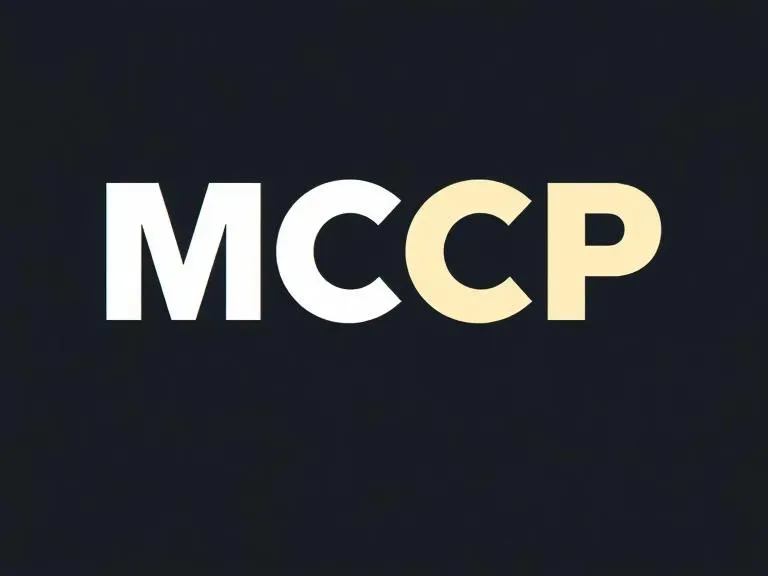Introduction
In today's software development landscape, distributed systems are becoming increasingly common. The need to create scalable, resilient applications capable of handling high workloads has driven the adoption of architectures based on multiple services or nodes that collaborate with each other. For these systems to operate effectively, they require a robust and efficient communication mechanism. This is where the Communication Protocol for Distributed Systems comes into play, which we refer to as MCP (Message Communication Protocol).
At Onnasoft, we utilize MCP as a cornerstone for designing efficient distributed architectures, ensuring fast, structured, and reliable communication between services. This article will explore in detail what MCP is, its benefits, how it compares to other forms of integration, its common use cases, and how we implement it in our practice.
What is MCP?
MCP is a messaging protocol specifically designed for communication between different components in a distributed system. It is based on the fundamental principle of structured message exchange. Rather than services interacting directly with each other through synchronous calls, MCP facilitates communication through an intermediary, usually a message queue or a broker.
The essence of MCP lies in the following proposition: a service (the publisher) sends a message to the queue, and another service (the subscriber) consumes that message from the queue. This temporal and spatial separation between the publisher and the subscriber is what confers MCP's distinctive advantages.
Clarifying some terms:
- Message: The fundamental unit of communication in MCP. A message contains structured data that represents an event, a request, or a state update.
- Publisher (Producer): The service that creates and sends messages to the queue.
- Subscriber (Consumer): The service that subscribes to the queue and processes the messages it contains.
- Message Queue: A temporary store for messages. It allows messages to persist even if the subscriber is unavailable.
- Broker: The software that manages message queues and routes messages between publishers and subscribers. Common examples include RabbitMQ and Kafka.
Benefits of Using MCP
Adopting MCP in the design of distributed systems offers a number of significant benefits:
-
Increased Scalability: The independence of the components is one of the main advantages. Publishers and subscribers can evolve independently, without affecting each other. For example, the number of subscribers can be scaled to handle a higher message load without needing to modify the publisher's code. This horizontal scalability is crucial for systems that experience traffic spikes or constant growth.
-
Fault Tolerance: MCP significantly increases system resilience. If a subscriber is inactive or fails, the messages will remain in the queue until the service recovers and can process them. This prevents






